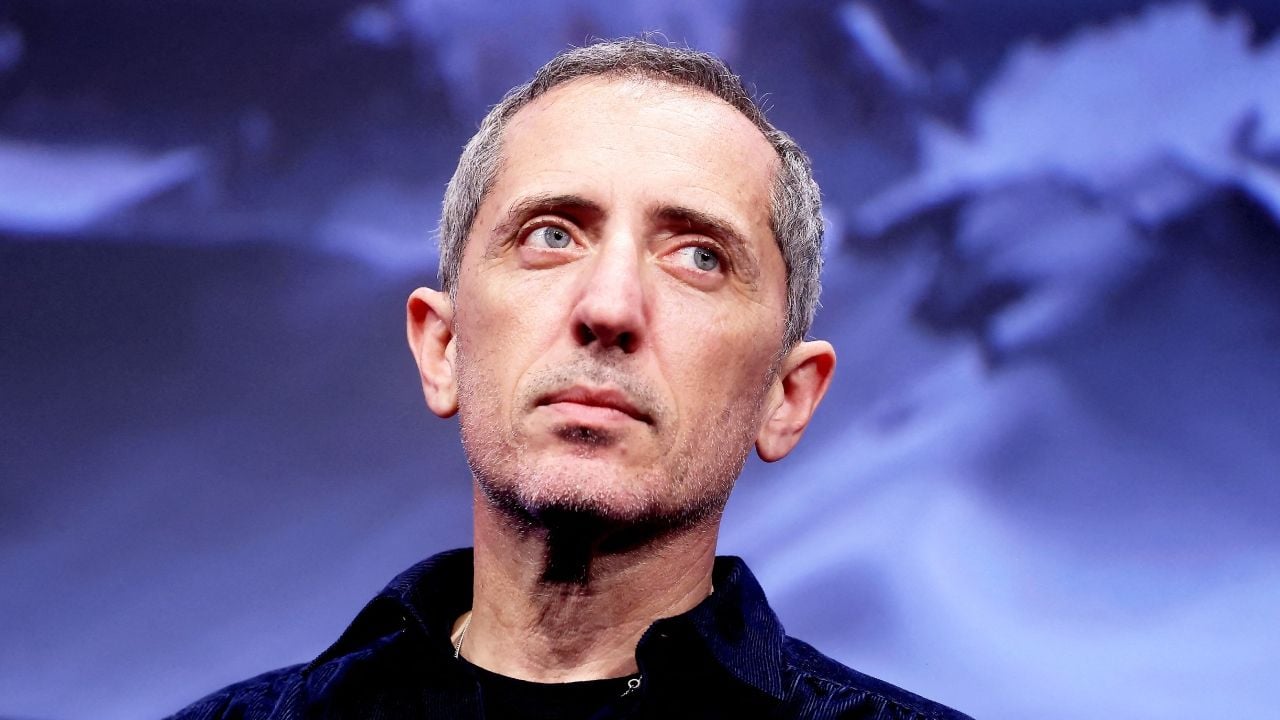In an interview with CARAS Brasil, oncologist Jorge Abissamra Filho clarifies doubts about Ney Latorraca’s prostate cancer, which reappeared in August
The body of the actor and the director Ney Latorraca it took place on Friday 27th at the Municipal Theater, in the center of Rio de Janeiro. Dozens of friends, family and work colleagues greeted the artist, who died at the age of 80, on the morning of Thursday 26th. Hospitalized since 20th December at the Clínica São Vicente, in Gávea, he suffered from prostate problems. cancer and suffered from pulmonary sepsis. In the early afternoon the coffin went to cremation, reserved for friends and family.
Ney’s cancer was diagnosed in 2019. At the time, he underwent surgery and had his prostate (a small gland located in the lower part of the male abdomen) removed. The disease returned in August this year, already metastasising. In an interview with CARAS Brazilthe oncologist Jorge Abissamra Filho provides details about the tumor. He informs that prostate cancer is the third cancer with the highest incidence in the world, second only to non-melanoma skin cancer and breast cancer. “Recent work has shown that for every eight men, one will have prostate cancer; this demonstrates the extent of the incidence of the disease”strengthens.
According to the doctor, the main risk factor is age, since it is a disease that generally affects men over the age of 50. “Genetic factors such as sick relatives and black race are also risk factors, since the incidence is higher in this population. The disease is generally silent, presenting symptoms in more advanced cases”he says.
“Symptoms can be confused with those presented by benign prostatic hyperplasia, which is a non-oncological disease, such as increased urinary frequency, sensation of incomplete emptying of urine, decreased strength of urine flow. Other symptoms such as bleeding during urination and even pain can act”explains Abissamra.
Again according to the oncologist, enlarged prostate is a common condition in the elderly and in the vast majority of cases is not related to cancer, although prostate cancer can also present an enlarged prostate. “A follow-up is needed so that the doctor can differentiate the pathologies”speaks.
The specialist explains that prostate cancer is diagnosed through biopsy, i.e. the removal of small fragments of the organ for analysis under the microscope. “However, some changes indicate whether or not your doctor needs to order a biopsy, as this is an invasive procedure. These include the increase in PSA, which is a blood test, and the change in the structure and size of the prostate examined in the rectal examination. Both are essential to facilitate the diagnosis. The examination is a quick, painless, simple and economical examination and is very important to indicate whether or not a prostate biopsy is necessary.underlines.
Treatment can be carried out in different ways, but in general, for initial diseases, it is possible to remove the prostate surgically or by radiotherapy, destroying the prostate tissue with radiation.
“In more advanced cases, we block testosterone (hormone produced by the testicles, responsible for the growth and multiplication of prostate cancer cells), through drugs or surgery (removal of the testicles). In more serious cases, it is also possible to use chemotherapy “, says Abyssamra. “There are countless studies, but a lot depends on the stage and how the prostate has behaved with respect to the treatment used. It is very specific,” it ends.
Source: Terra
Ben Stock is a lifestyle journalist and author at Gossipify. He writes about topics such as health, wellness, travel, food and home decor. He provides practical advice and inspiration to improve well-being, keeps readers up to date with latest lifestyle news and trends, known for his engaging writing style, in-depth analysis and unique perspectives.






-t84500vauzw7.png)

